SteadiCam G-70x Handleiding
Bekijk gratis de handleiding van SteadiCam G-70x (8 pagina’s), behorend tot de categorie Statief. Deze gids werd als nuttig beoordeeld door 10 mensen en kreeg gemiddeld 4.8 sterren uit 5.5 reviews. Heb je een vraag over SteadiCam G-70x of wil je andere gebruikers van dit product iets vragen? Stel een vraag
Pagina 1/8

p/n LIT-257010-J
G-70x
™
Arm: Ultra
2®
/Shadow
™
stabilizers

2
The G-70x
™
Arm
The G-70x
™
arm has a total lifting capacity of 12 to 70 pounds and a 29” boom range.
The arm also incorporates a ride control, a quick post change mechanism, an arm post
drag control, and a kickback link.
Titanium
springs
Adjustment
knobs
Kick-back link
Arm post release lever
G-70x
™
Arm
Arm post drag
control
Arm post
Double action hinge
Rod ends
Socket
Titanium
springs
Socket quick
release pin
Weight adjustment
knob, aka “lift”
Upper arm section
Adjustment
knobs
Forearm section
Isoelastic adjustment
screw, aka “ride”
Product specificaties
| Merk: | SteadiCam |
| Categorie: | Statief |
| Model: | G-70x |
Heb je hulp nodig?
Als je hulp nodig hebt met SteadiCam G-70x stel dan hieronder een vraag en andere gebruikers zullen je antwoorden
Handleiding Statief SteadiCam

16 Juli 2024

8 April 2024

8 April 2024
Handleiding Statief
- Auray
- Konig & Meyer
- Drift
- Libec
- Sony
- Slidekamera
- National Geographic
- Adam Hall
- E-Image
- Adj
- Block & Block
- Sevenoak
- Bresser
- 3 Legged Thing
- BoomTone DJ
Nieuwste handleidingen voor Statief

15 September 2025

8 September 2025
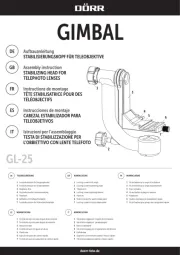
1 September 2025
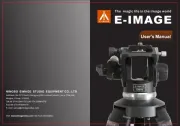
28 Augustus 2025
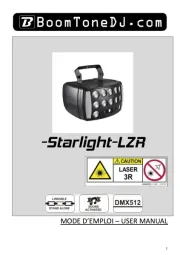
26 Augustus 2025
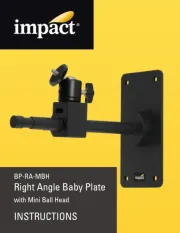
13 Augustus 2025
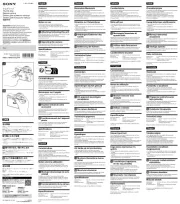
5 Augustus 2025
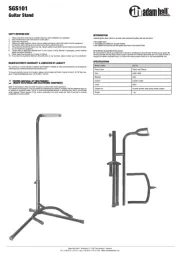
5 Augustus 2025
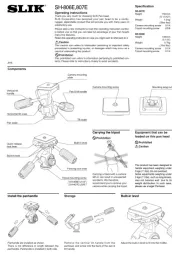
31 Juli 2025
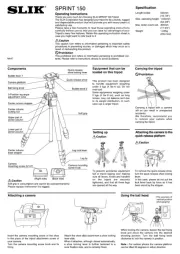
31 Juli 2025